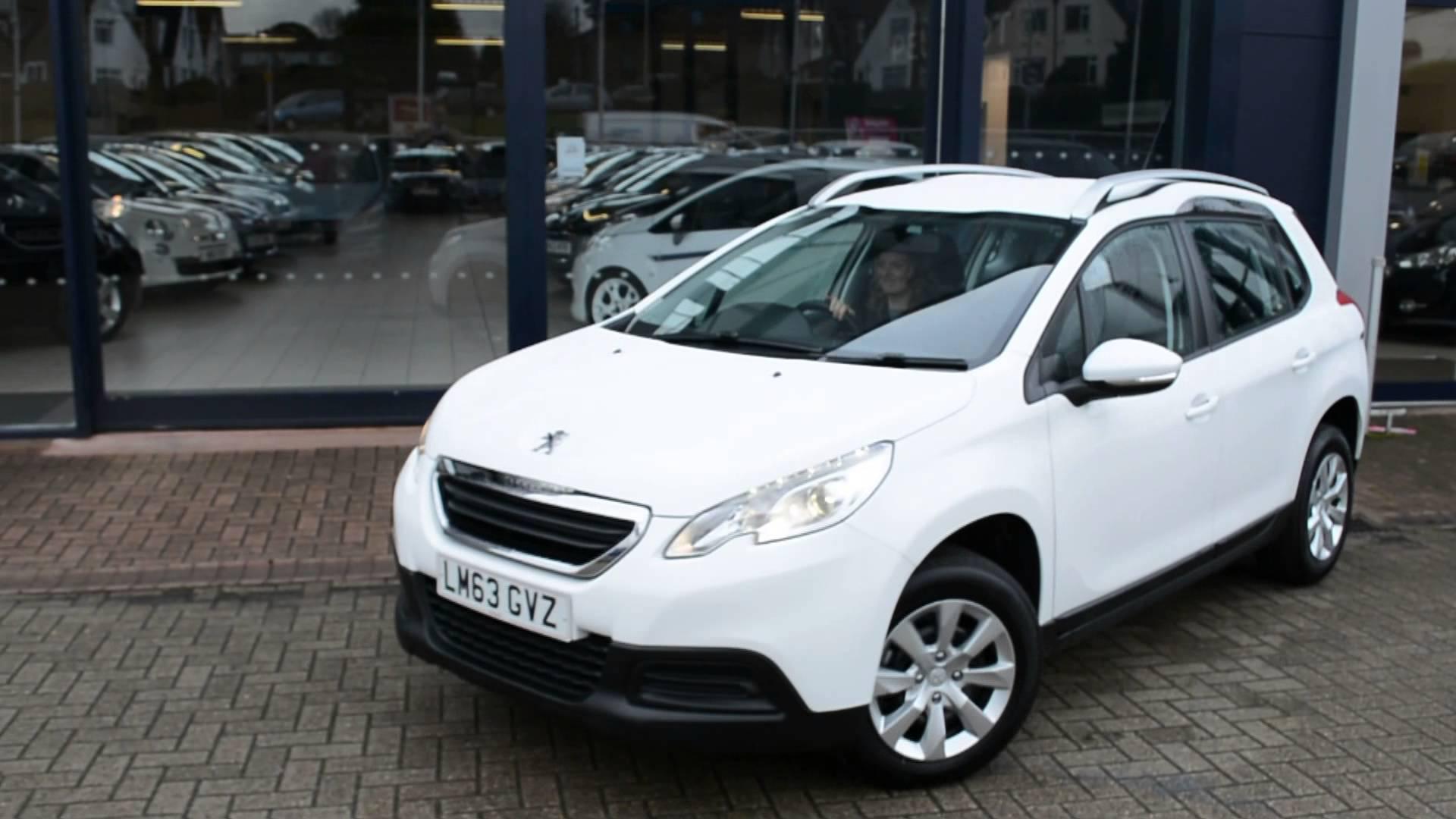
What is infotainment? Autoweek explains
Share
The word «infotainment» is a blanket term generally used to describe in-car communications, entertainment and data introduced to the driver — namely, the central screen with its associated radio, media and navigation functions. It`s a portmanteau of information and entertainment, and it was very first used in one thousand nine hundred eighty when a group of scientists in the U.K. put on comedy shows at their professional conferences to add a little joy to the events. It`s big business, too — Research and Markets reports the infotainment industry was worth $33.78 billion in 2016, and it’s expected to proceed growing until at least 2022.
Today`s vehicles use many types of infotainment systems, and most have their own proprietary names. Fiat-Chrysler calls it UConnect, Ford calls it Sync and GM calls it MyLink or Intellilink. Cadillac calls its system CUE.
All have an amazing amount of computing power, running on Android, QNX, Linux or other operating systems. In addition to playing music, demonstrating maps and displaying the backup camera, current systems can run applications like Spotify, Pandora and The Weather Channel, with more added all the time. Makers like Hyundai and Mercedes are creating their own custom-made apps, too.
Technology
Volvo, Google say Android infotainment coming in two years
Volvo Cars is partnering with Google to develop an Android-based infotainment system.The automaker said on Monday that the system will be available in vehicles within two years and will feature .
About three years ago, Apple and Android got in on the joy with CarPlay and Android Auto, using the manufacturer`s infotainment systems to mirror the phone on-screen. That makes for effortless access to music, texts and podcasts, as well as the phone`s native navigation features and audiobooks.
Some systems are managed by traditional buttons on the steering wheel or around the screen, but most are touch sensitive and use haptic buttons, which stimulate or provide some other feedback to let the user know the instruction was received. Voice control for infotainment is almost ubiquitous, which helps drivers keep their mitts on the wheel and eyes on the road.
Going forward, automakers like BMW are implementing gesture controls, where you don`t even need to touch the screen; you just have to wave your palms in the air. Lexus displayed off holograms in its future systems, and as soon as fully autonomous cars come around, there will be a lot more time for chillaxin`, which means more infotainment options. We`re predicting shopping, for sure, finish with ads for stuff you`re driving by; social networking, obviously, and total web access including email, which is presently considered too distracting to work with Apple CarPlay and Android Auto.
Technology
Hyundai suggesting free Apple CarPlay and Android Auto updates
Hyundai is suggesting free Apple CarPlay and Android Auto upgrades for current customers. The software can be downloaded to a flash drive and uploaded to your two thousand fifteen Sonata with nav or Genesis with the .
Further ahead, the sky`s the limit. The Chrysler Pacifica minivan has movie games on its rear entertainment screens, and if no one needs to pay attention to the road, why couldn`t they be played from the front seat? Even better: Why couldn`t you play against the man next to you stuck in traffic with vehicle-to-vehicle communication systems? It`s all fair game.
Interior convenience is the 2nd reason people buy a specific brand or model of car, according to JD Power (after reliability), and infotainment is a hefty part of that. And the less we’re required to concentrate on driving, the more significant connectivity will be.
Jake Lingeman – Jake Lingeman is Road Test Editor at Autoweek, reviewing cars, reporting on car news, car tech and the world at large.
